A PT’s Guide To Using Energy Gels
Use One For Sessions Longer Than 90 Minutes
“Whether you’re a marathon runner or gym junkie who loves a long, intense session, a sports gel can help you get the most out of your session. Usually, we get the carbs our body needs from a well-balanced diet, but if you exercise a lot, vigorously, for more than 90 minutes, you start to run out of stored energy. To get your energy levels back up, sports gels will give your performance a much-needed boost. Carbs are stored as glycogen in our muscles, which lasts for around 90 minutes before it starts to deplete, and we then use our fat stores for energy. This might be handy for guys trying to lose weight, but for endurance athletes it’s a different story as fat stores don’t release as much energy, which can affect performance. Not only will this lead to a poorer performance, but you may also experience poor concentration and a slower recovery.” – David Wiener, training & nutrition specialist at Freeletics
Tweak Your Dose
“Consuming gels depends on your weight, fitness levels and the type of workout you’re doing. Start by reading the brand’s label. As a general rule, you can have 1g of carbs per kilo of your bodyweight every hour – so if you weigh 80kg, you can tolerate 80g of carbs per hour. There’s a limit to how many carbs your body can absorb. Don’t take more than two gels per hour, as this may sit in the stomach without being properly absorbed.” – David
Practise With Them
“Since sports gels immediately raise your energy levels, they should be taken either just before or during exercise. The exact time you should take a sports gel will vary – we all absorb and process carbs at different rates. Some people will feel energised in three minutes, whereas for others it could take 20 minutes. The most important thing to remember is to take an energy gel before you need it, to allow time for it to kick in.” – Alice Williams, nutrition coach at OriGym
Know The Different Types
“There are two different types of energy gels: hypertonic gels and isotonic gels. Knowing the difference is important, especially if you find gels upset your stomach. Hypertonic gels need to be consumed with water as they’re more concentrated. If you take them without water, it can cause immediate discomfort in the stomach and cause sickness. Isotonic gels are more convenient as they can be taken without water. If you’re having a gel, it’s probably because you need a quick energy fix and don’t have much time, which makes isotonic gels a better option.” – David
Look At The Fructose Content
“Depending on how sensitive your stomach is, it’s advisable to see how much fructose a gel contains. Opting for a lower level of fructose is great if you have a sensitive stomach and can’t handle an overly sweet gel. However, a small amount of fructose can make the gel much more palatable.” – David
Be Careful With Caffeine
“Some gels also contain caffeine, which is something you either need or you don’t – we’re all different when it comes to caffeine. Some people don’t feel any benefits from caffeine, while for others it’s dehydrating, and for others it causes them to go to the toilet more. This can be detrimental to exercise, so it’s always worth experimenting with a gel that contains caffeine if you are training for a longer race. When timed and tolerated well, a caffeine-containing gel can really help boost performance.” – Stella Eduvie, personal trainer at John Reed
Get The Balance Right
“If you’ve tried gels before and are prone to gastric problems, avoid gels which contain caffeine and look out for a gel that contains both glucose and fructose. The combination of these two ingredients will aid digestion of the gel and lessen the risk of an upset stomach.” – David
Experiment With A Natural Formula
“Some brands are becoming more and more natural with the ingredients they use. This makes sense – we are conscious with all other foods, and it doesn’t have to stop when it comes to energy gels. Look for gels that are with fruit juice, brown rice syrup and date syrup for a natural boost of energy that’s gentler on the stomach.” – David
The Experts’ Top Picks…
David: “The SiS energy gels are my favourite. Not only do they come in a variety of flavours, but they’re easy on the stomach and easy to digest. You can also take them without water.”
Stella: “Torq and Veloforte gels are my go-to. Torq gels have a light, liquid consistency, which makes them easy to take, and they’re made with both maltodextrin and fructose sources, a blend which absorbs into the bloodstream differently, helping prevent gastro issues.”
Alice: “RawVelo is great for organic, vegan gels made with naturally occurring sugars, while UCAN gels are free from caffeine and not loaded with fructose. If you’re looking for a gluten-free option, try GU’s gels.”
For more information, head to Freeletics.com, JohnReed.fitness & OriGym.co.uk
Shop These Expert Approved Products...
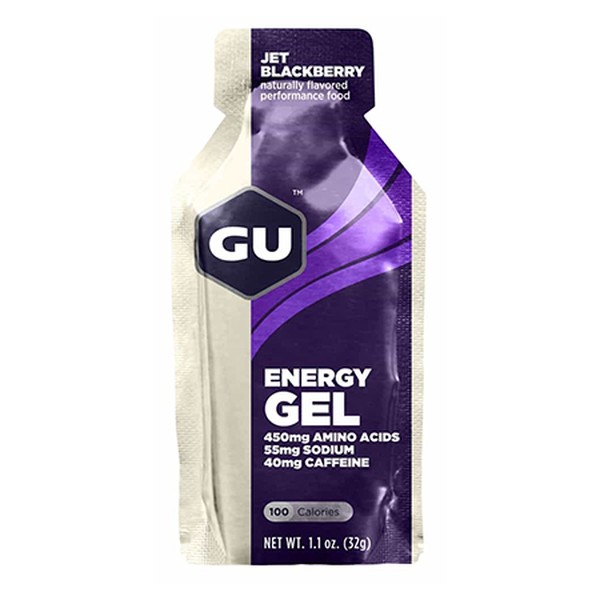
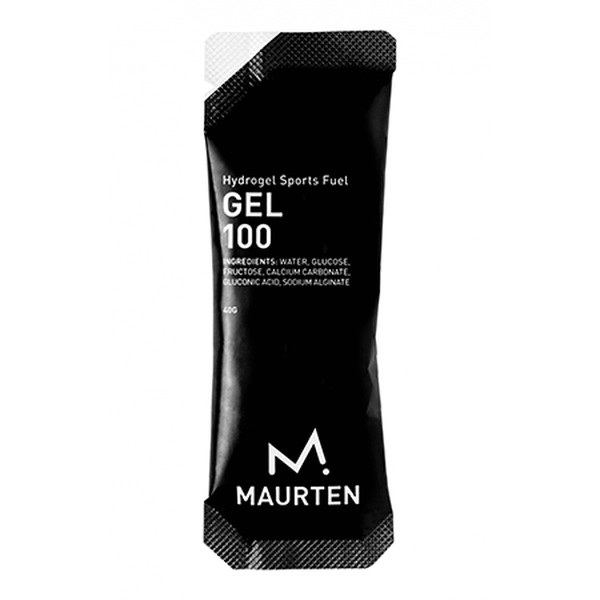
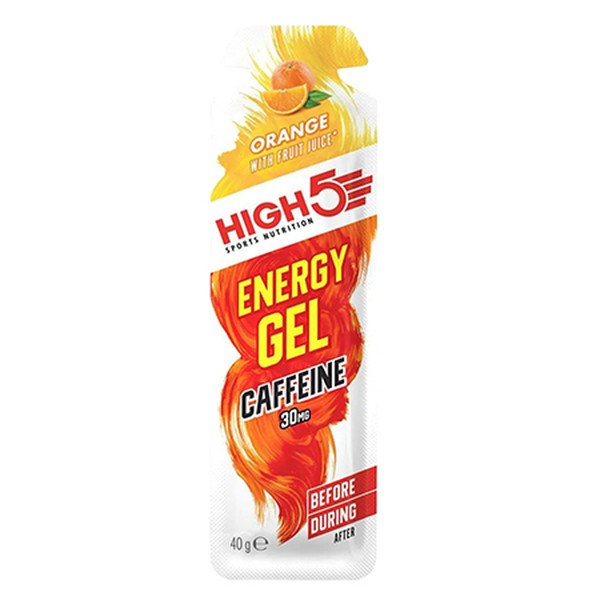
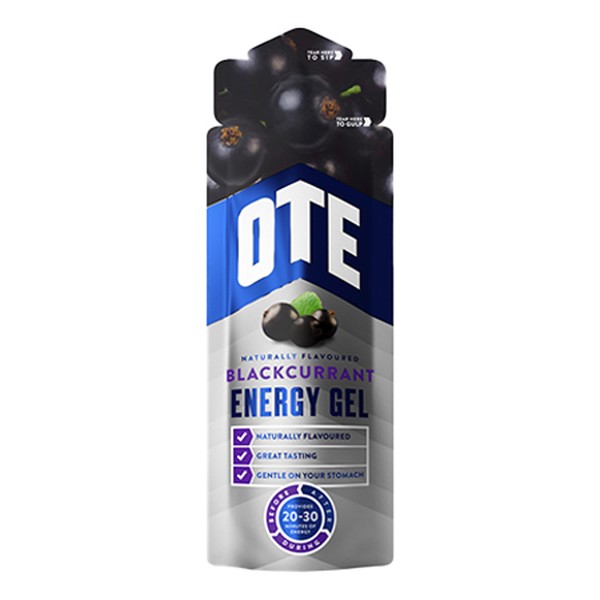
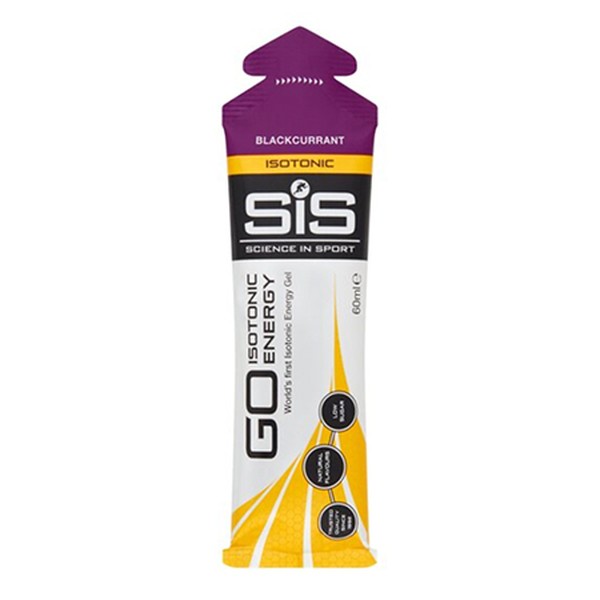
Science In Sport
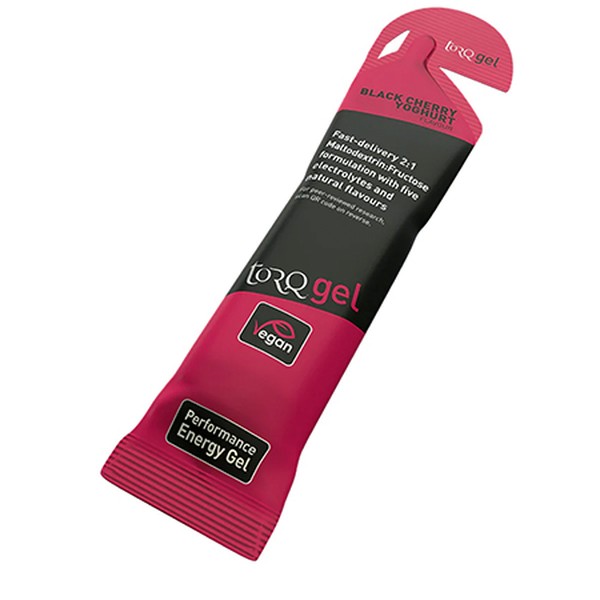
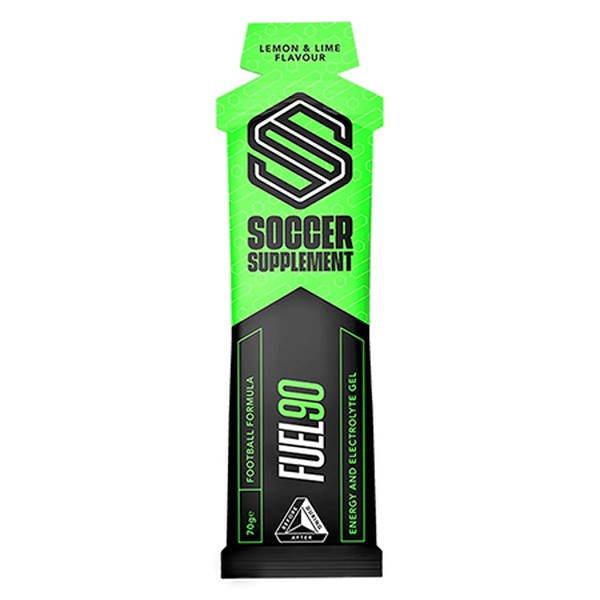
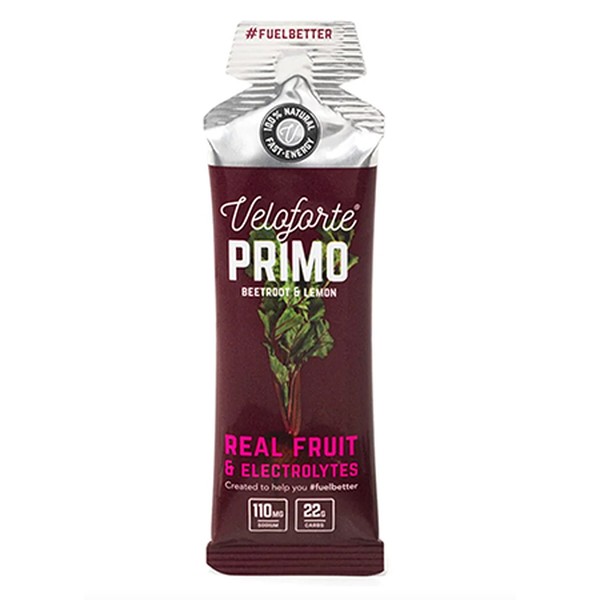
All products on this page have been selected by our editorial team, however we may make commission on some products.
DISCLAIMER: We endeavour to always credit the correct original source of every image we use. If you think a credit may be incorrect, please contact us at [email protected].


